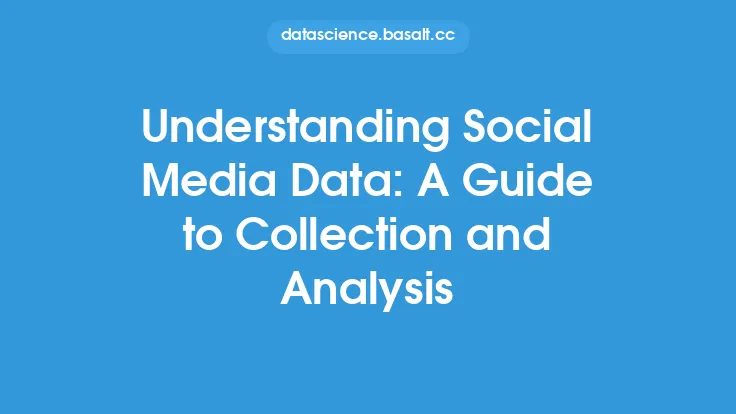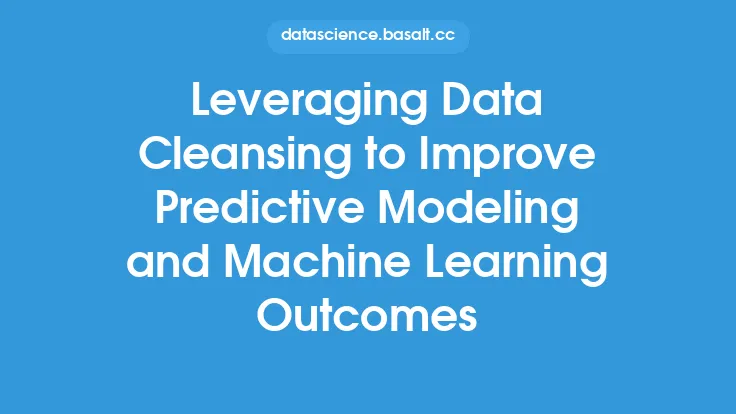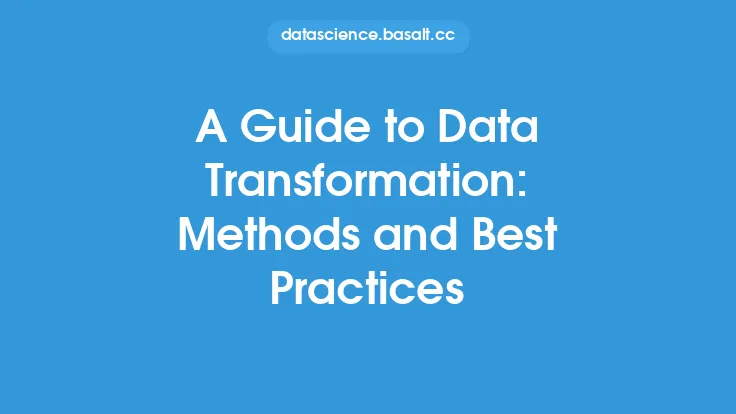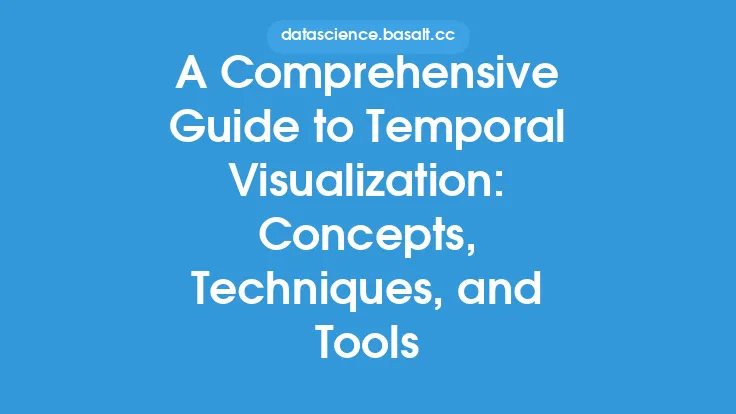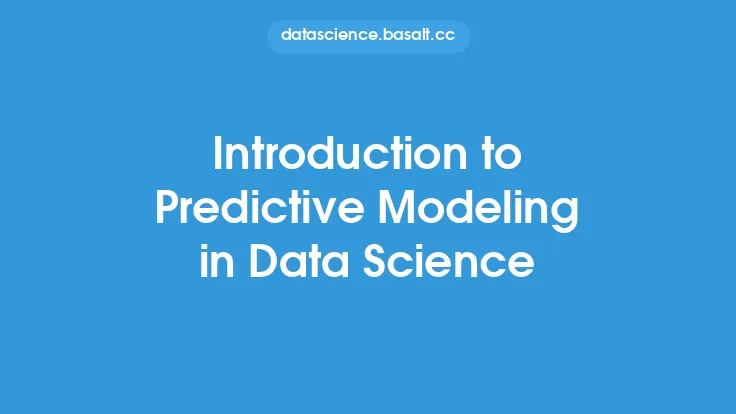Predictive modeling is a crucial aspect of data mining, enabling organizations to make informed decisions by forecasting future events or behaviors. At its core, predictive modeling involves using historical data and statistical algorithms to identify patterns and relationships, which are then used to make predictions about future outcomes. This article will delve into the various techniques and algorithms used in predictive modeling, providing a comprehensive overview of the subject.
Introduction to Predictive Modeling Techniques
Predictive modeling techniques can be broadly categorized into two main types: supervised and unsupervised learning. Supervised learning involves training a model on labeled data, where the target variable is known, and the goal is to predict the target variable for new, unseen data. Unsupervised learning, on the other hand, involves training a model on unlabeled data, and the goal is to identify patterns or relationships in the data. Some common predictive modeling techniques include linear regression, logistic regression, decision trees, random forests, support vector machines, and neural networks.
Linear Regression
Linear regression is a supervised learning algorithm that involves modeling the relationship between a dependent variable and one or more independent variables. The goal of linear regression is to create a linear equation that best predicts the value of the dependent variable based on the values of the independent variables. Linear regression is commonly used for predicting continuous outcomes, such as stock prices or temperatures. The linear regression equation takes the form of Y = β0 + β1X + ε, where Y is the dependent variable, X is the independent variable, β0 is the intercept, β1 is the slope, and ε is the error term.
Logistic Regression
Logistic regression is a supervised learning algorithm that involves modeling the relationship between a binary dependent variable and one or more independent variables. The goal of logistic regression is to create a logistic equation that best predicts the probability of the dependent variable based on the values of the independent variables. Logistic regression is commonly used for predicting binary outcomes, such as 0 or 1, yes or no, or true or false. The logistic regression equation takes the form of p = 1 / (1 + e^(-z)), where p is the probability of the dependent variable, e is the base of the natural logarithm, and z is a linear combination of the independent variables.
Decision Trees
Decision trees are a supervised learning algorithm that involves modeling the relationship between a dependent variable and one or more independent variables using a tree-like structure. The goal of decision trees is to create a series of rules that best predict the value of the dependent variable based on the values of the independent variables. Decision trees are commonly used for predicting both continuous and categorical outcomes. The decision tree algorithm works by recursively partitioning the data into smaller subsets based on the values of the independent variables.
Random Forests
Random forests are an ensemble learning algorithm that involves combining multiple decision trees to improve the accuracy and robustness of predictions. The goal of random forests is to create a collection of decision trees that best predict the value of the dependent variable based on the values of the independent variables. Random forests are commonly used for predicting both continuous and categorical outcomes. The random forest algorithm works by training multiple decision trees on random subsets of the data and then combining the predictions using voting or averaging.
Support Vector Machines
Support vector machines (SVMs) are a supervised learning algorithm that involves modeling the relationship between a dependent variable and one or more independent variables using a hyperplane. The goal of SVMs is to create a hyperplane that best separates the data into different classes. SVMs are commonly used for predicting categorical outcomes. The SVM algorithm works by finding the hyperplane that maximizes the margin between the classes.
Neural Networks
Neural networks are a supervised learning algorithm that involves modeling the relationship between a dependent variable and one or more independent variables using a network of interconnected nodes or "neurons." The goal of neural networks is to create a complex model that best predicts the value of the dependent variable based on the values of the independent variables. Neural networks are commonly used for predicting both continuous and categorical outcomes. The neural network algorithm works by training the network on the data using backpropagation and optimization techniques.
Model Evaluation and Selection
Evaluating and selecting the best predictive model is a critical step in the predictive modeling process. There are several metrics that can be used to evaluate the performance of a predictive model, including mean squared error, mean absolute error, R-squared, accuracy, precision, recall, and F1 score. The choice of metric depends on the type of problem and the goals of the analysis. Cross-validation is a technique that can be used to evaluate the performance of a predictive model on unseen data. Cross-validation involves splitting the data into training and testing sets and then evaluating the performance of the model on the testing set.
Common Challenges and Limitations
Predictive modeling is not without its challenges and limitations. Some common challenges include overfitting, underfitting, and data quality issues. Overfitting occurs when a model is too complex and fits the noise in the data rather than the underlying patterns. Underfitting occurs when a model is too simple and fails to capture the underlying patterns in the data. Data quality issues can include missing values, outliers, and noise in the data. These challenges can be addressed using techniques such as regularization, feature selection, and data preprocessing.
Conclusion
Predictive modeling is a powerful tool for making informed decisions by forecasting future events or behaviors. There are several techniques and algorithms that can be used for predictive modeling, including linear regression, logistic regression, decision trees, random forests, support vector machines, and neural networks. Evaluating and selecting the best predictive model is a critical step in the predictive modeling process, and there are several metrics that can be used to evaluate the performance of a predictive model. By understanding the techniques and algorithms used in predictive modeling, organizations can make better decisions and drive business success.
